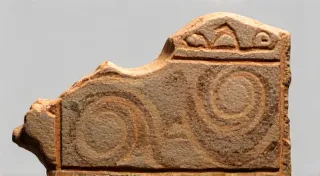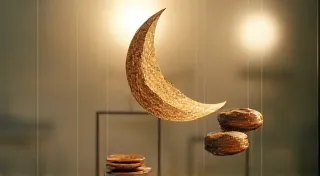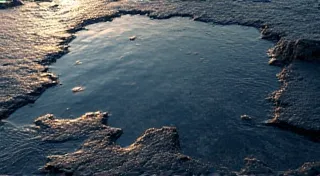Turquoise’s Song: Weaving Myth and Mineral into Narrative Threads
Turquoise. Just the name whispers of ancient deserts, sun-baked ruins, and the quiet wisdom of generations. It’s more than just a stone; it's a vibrant thread woven through countless cultures, a tangible link to the earth's history, and a potent source of inspiration for storytelling. Beyond its pleasing sky-blue hues and intricate matrix patterns, turquoise carries a profound emotional resonance that can enrich any narrative, be it a novel, a poem, or a piece of jewelry.
My own connection to turquoise began unexpectedly. As a child, I would spend summers with my grandfather, a retired watchmaker with a workshop overflowing with tools and treasures. Amongst the pocket watches and tiny screws, a small box held his most prized possession: a single, untarnished piece of turquoise, a gift from a Navajo friend. He never explained its significance, just let me hold it, feel its cool weight, and marvel at its color. That silent offering sparked a lifelong fascination, evolving from simple admiration to a deep appreciation for its cultural and historical importance.
A Legacy Etched in Stone
Turquoise isn’t just beautiful; it’s historically significant. Its story begins millennia ago, with its use by ancient civilizations across the globe. Egyptians revered it, incorporating it into royal adornments and burial masks. The Persians prized it for its association with paradise and protection, often using it to embellish weapons and armor. Yet, it’s perhaps the cultures of the American Southwest – the Hopi, Zuni, and Navajo – who are most intrinsically linked to this captivating mineral.
For these tribes, turquoise isn’t merely a decorative element; it’s a sacred material, imbued with spiritual power. It represents the sky, the water, and the desert – the essential elements of life in a harsh environment. Turquoise jewelry isn't just worn for aesthetics; it’s believed to bring healing, protection, and good fortune. The vibrant blue is seen as a conduit to the divine, a symbol of prosperity and a shield against evil.
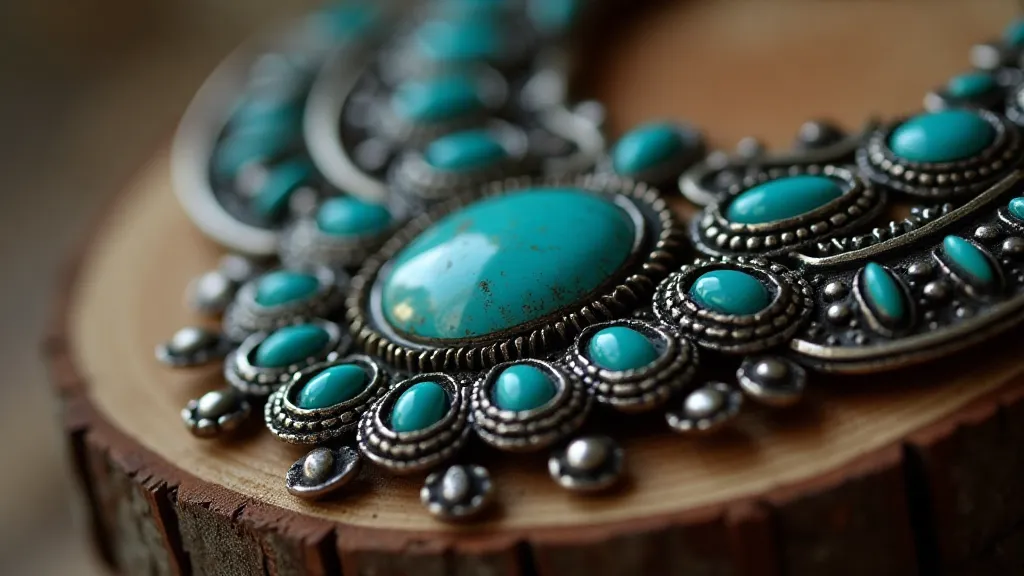
The craftsmanship involved in traditional turquoise jewelry is astonishing. Imagine the painstaking process of hand-selecting each stone, meticulously sawing and shaping the silver, and then precisely setting the turquoise into a beautiful, enduring design. Each piece tells a story – not just of the materials used, but of the artist’s skill and dedication. The precise artistry involved often begins with understanding the geological processes that created the stone – a fascinating journey explored in greater detail in The Tumbler's Rhythm: A Beginner’s Guide to Geological Choreography.
The Color Spectrum & Its Meanings
The color of turquoise itself is a fascinating study in geological processes and cultural interpretation. The intensity of the blue can range from a pale, almost ethereal sky blue to a deep, rich turquoise reminiscent of a desert oasis. The presence of iron and copper influences the color, while the surrounding matrix – the network of veins and inclusions within the stone – contributes to its unique character. Some stones exhibit a greenish hue, often referred to as “Persian turquoise,” a testament to its historical trade routes.
Beyond the color, the matrix also holds significant meaning. A stone with a dark, spiderweb-like matrix might represent the interconnectedness of all things, while a stone with a more uniform matrix could symbolize clarity and focus. Understanding these subtle nuances can deepen your appreciation for the stone’s beauty and its cultural significance. For a story, you might assign a character a turquoise with a complex matrix to reflect their multifaceted personality and hidden depths. The way these natural patterns form is truly remarkable, showcasing a subtle beauty that speaks to the delicate processes within the earth.
Turquoise in Storytelling: A Wellspring of Inspiration
Think about the possibilities. A desert nomad’s most prized possession, passed down through generations, imbued with protective powers. A stolen turquoise pendant, the key to unlocking an ancient mystery. A character’s obsession with collecting rare turquoise specimens, each stone revealing a glimpse into their own fragmented past. The possibilities are endless.
Consider a narrative set in the American Southwest. A young woman discovers a hidden cache of antique turquoise jewelry, each piece linked to a forgotten chapter in her family's history. The turquoise itself becomes a guide, leading her on a journey of self-discovery and revealing secrets that have been buried for decades. Imagine the emotional impact of a character whose luck consistently changes based on the presence or absence of a particular turquoise charm. The narrative possibilities are only limited by one's imagination, as these stones hold an intrinsic depth that can unlock countless narratives. The significance and cultural weight embedded in each stone extends beyond mere aesthetics - it’s an echo of history waiting to be unearthed, a concept further explored in The Echo of Quartz: Unearthing Stories Within the Stone.
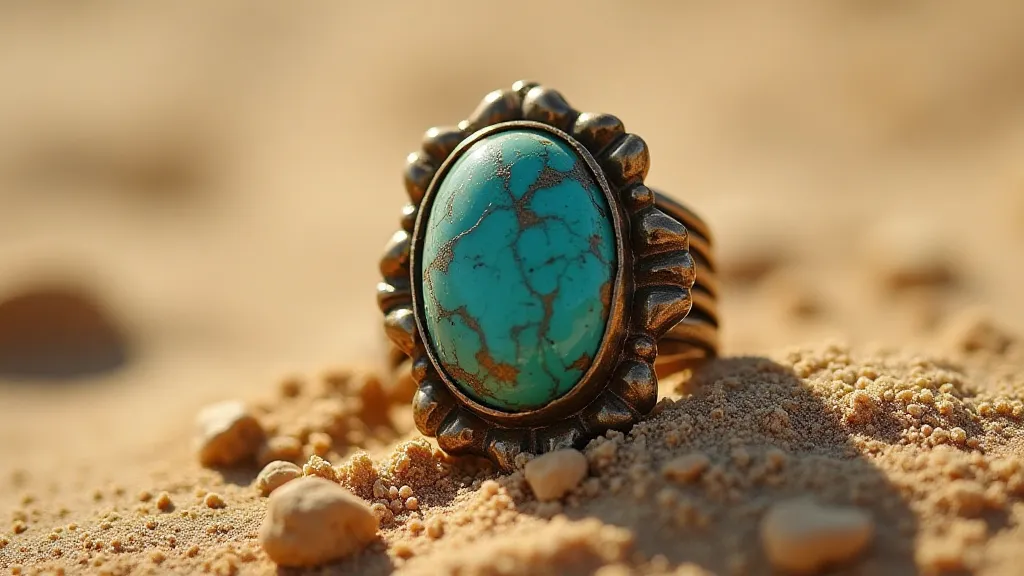
Turquoise's connection to water also provides fertile ground for narrative. In a parched, desolate landscape, a single turquoise stone might represent hope and the promise of life. It could symbolize a character's yearning for connection, their desire to find something precious and sustaining in a world that often feels barren. The feeling of serenity that can be found whilst creating with turquoise is similar to achieving a sense of inner peace, mirroring a state that many artisans strive for—a deeper dive into that philosophy can be found in "Sculpting Silence".
Collecting & Caring for Turquoise
For those drawn to the allure of turquoise, collecting can be a deeply rewarding experience. However, it’s important to understand the nuances of the market. Genuine turquoise is relatively rare and often more expensive than its imitations. The best turquoise comes from mines in Arizona, Nevada, China, and Iran. However, be aware that much of the turquoise sold today is stabilized – treated to improve its durability and color. Stabilized turquoise isn't necessarily inferior, but it's important to be informed about the process. Building a collection like this can be very engaging, and often akin to building a mineral library – each piece telling its own unique story.
Care for turquoise jewelry by storing it away from direct sunlight and extreme temperatures. Clean it gently with a soft cloth and mild soap. Avoid harsh chemicals, which can damage the stone. The patina on antique turquoise – that beautiful, aged appearance – is a testament to its history and should be cherished. The journey from raw ore to a polished stone is quite involved, and demands a level of skill only attainable with practice and an appreciation for the process itself.
Echoes of the Past, Visions of the Future
Turquoise’s song is a powerful reminder of the enduring connection between humanity and the natural world. It’s a testament to the artistry of generations past and a source of inspiration for the creative endeavors of the future. Whether you're a storyteller, a collector, or simply someone who appreciates beauty, allow the turquoise’s song to resonate within you, enriching your understanding of the world and sparking your imagination.
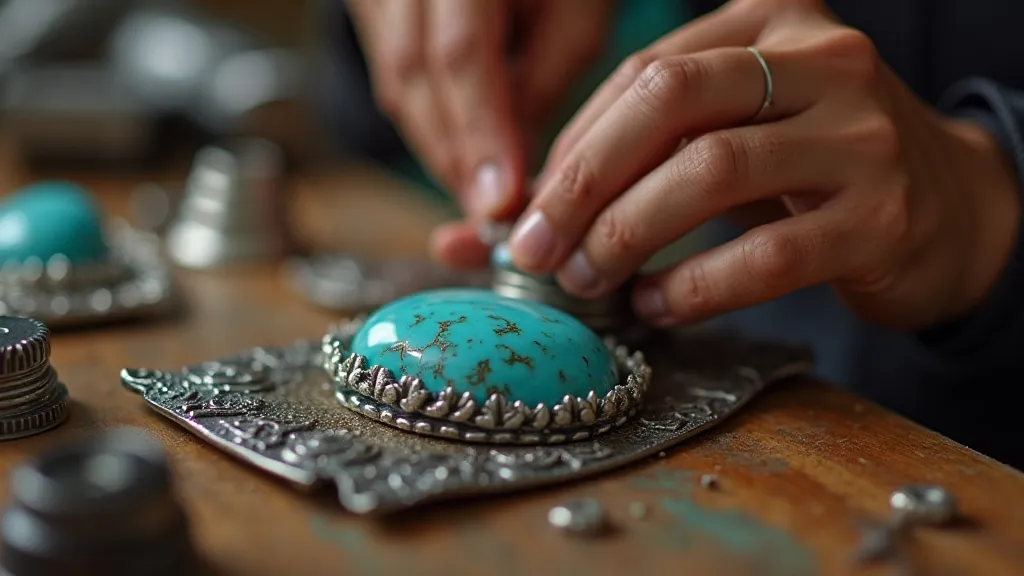
By understanding its history, its meaning, and its beauty, we can weave turquoise’s rich narrative into our own stories, creating works that are both captivating and profound, echoing the enduring spirit of this remarkable mineral. The passion and dedication required to create these beautiful pieces parallels the principles behind many art forms and meditative practices; a more thorough examination of how these practices enhance artistry can be found in "Sculpting Silence: The Art of Cabochon Making as a Reflection of Inner Peace". Ultimately, a deep appreciation for minerals like turquoise extends beyond their aesthetic appeal - it’s a gateway to understanding the very building blocks of our planet and the cultures that have shaped them – and those stories can be just as compelling as the stones themselves.

